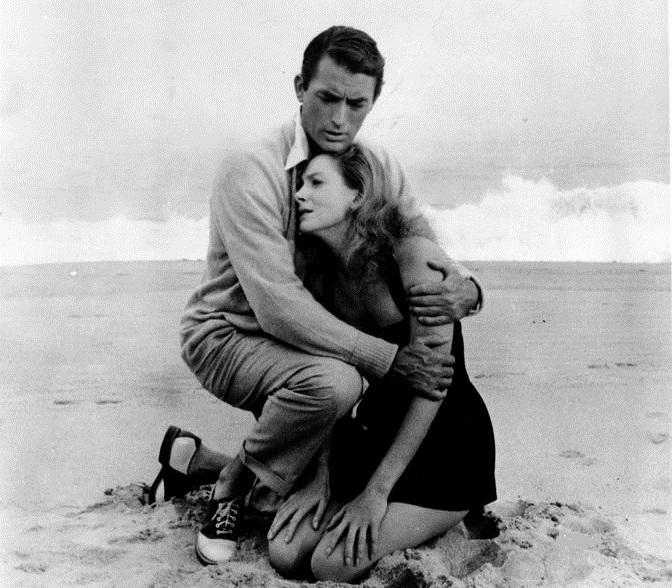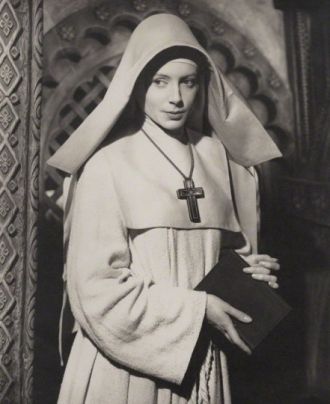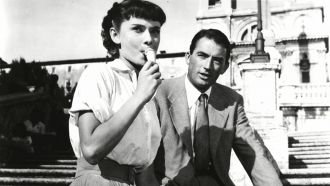Deborah Kerr and Gregory Peck
A photo of Deborah Jane Kerr - A photo of Sheilah Graham's relationship depicted by Deborah Kerr and Gregory Peck in BELOVED INFIDEL.
Date & Place:
Not specified or unknown.


 Amanda S. Stevenson
Amanda S. Stevenson 



